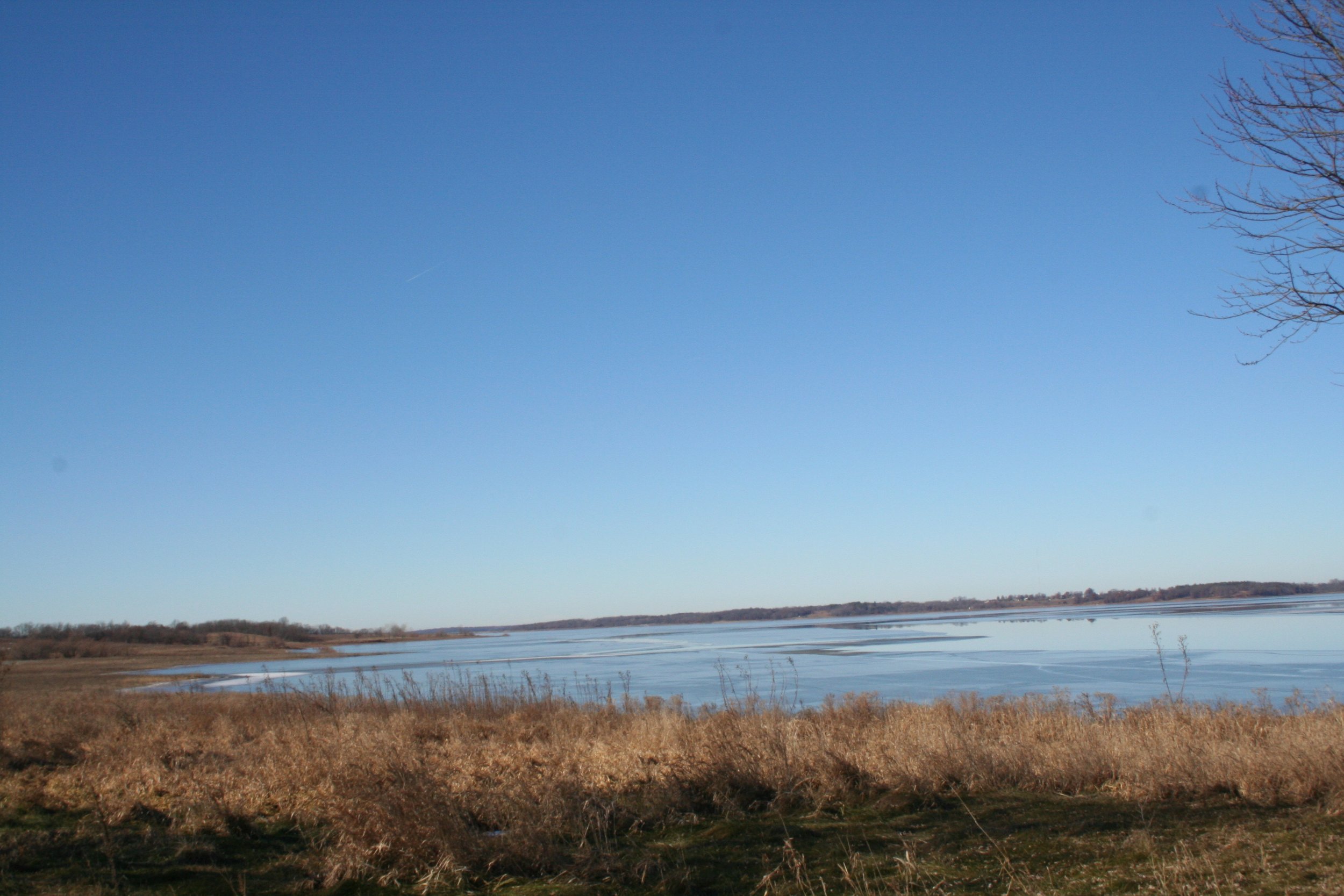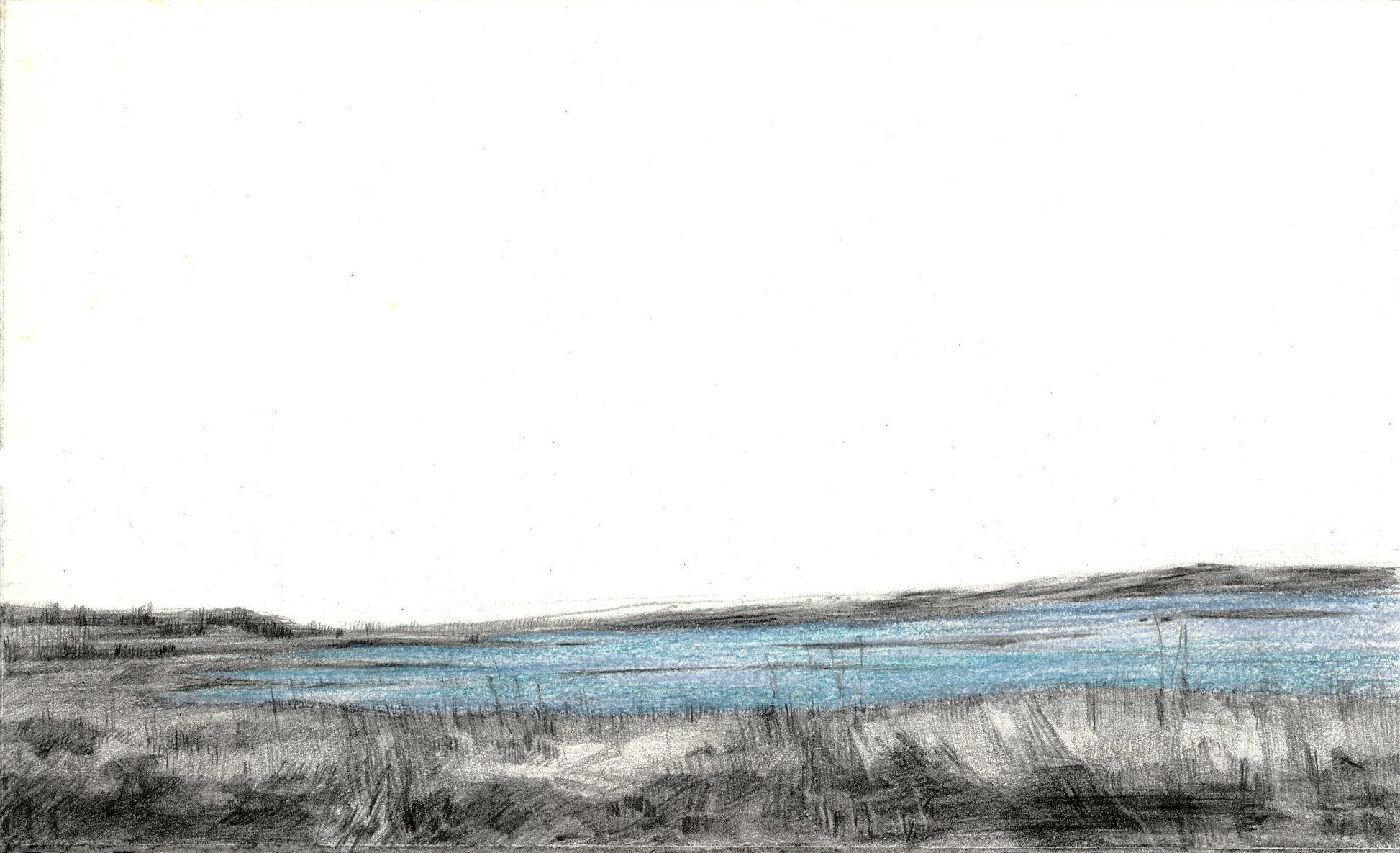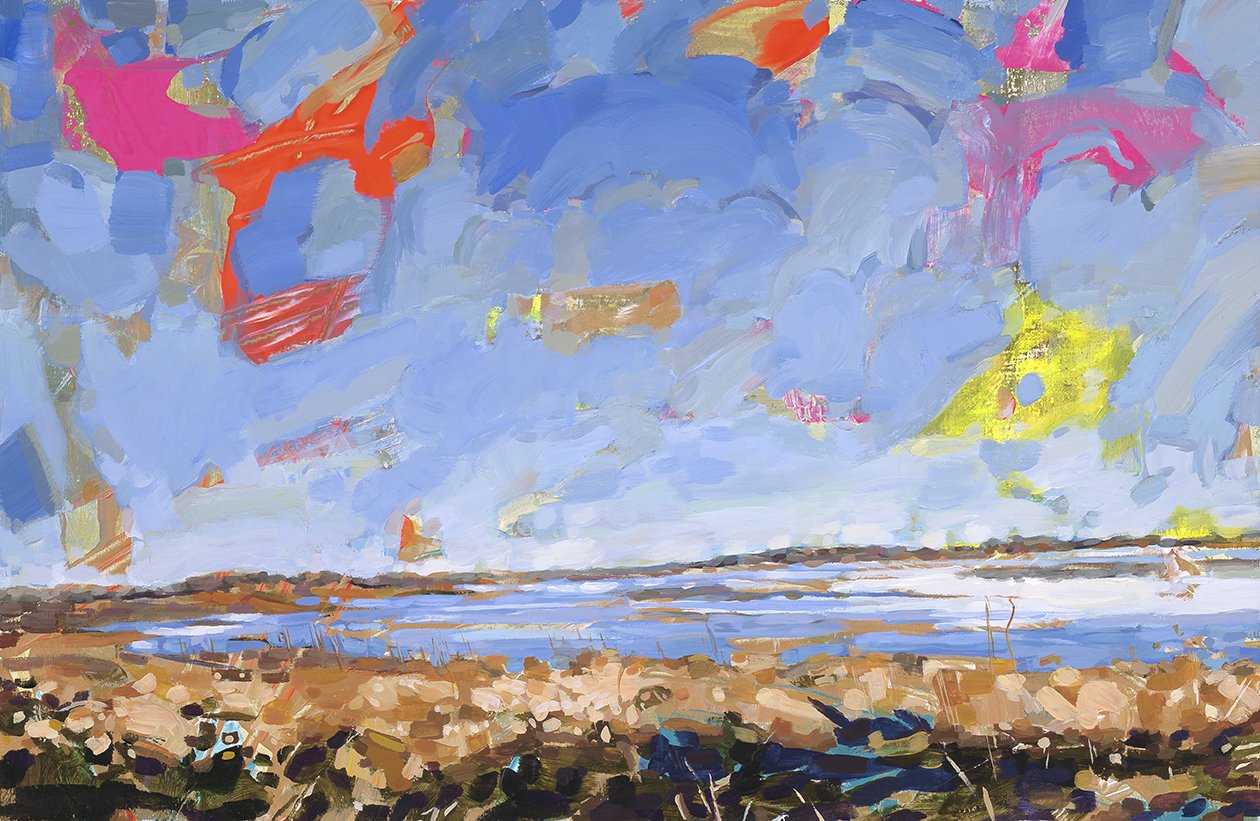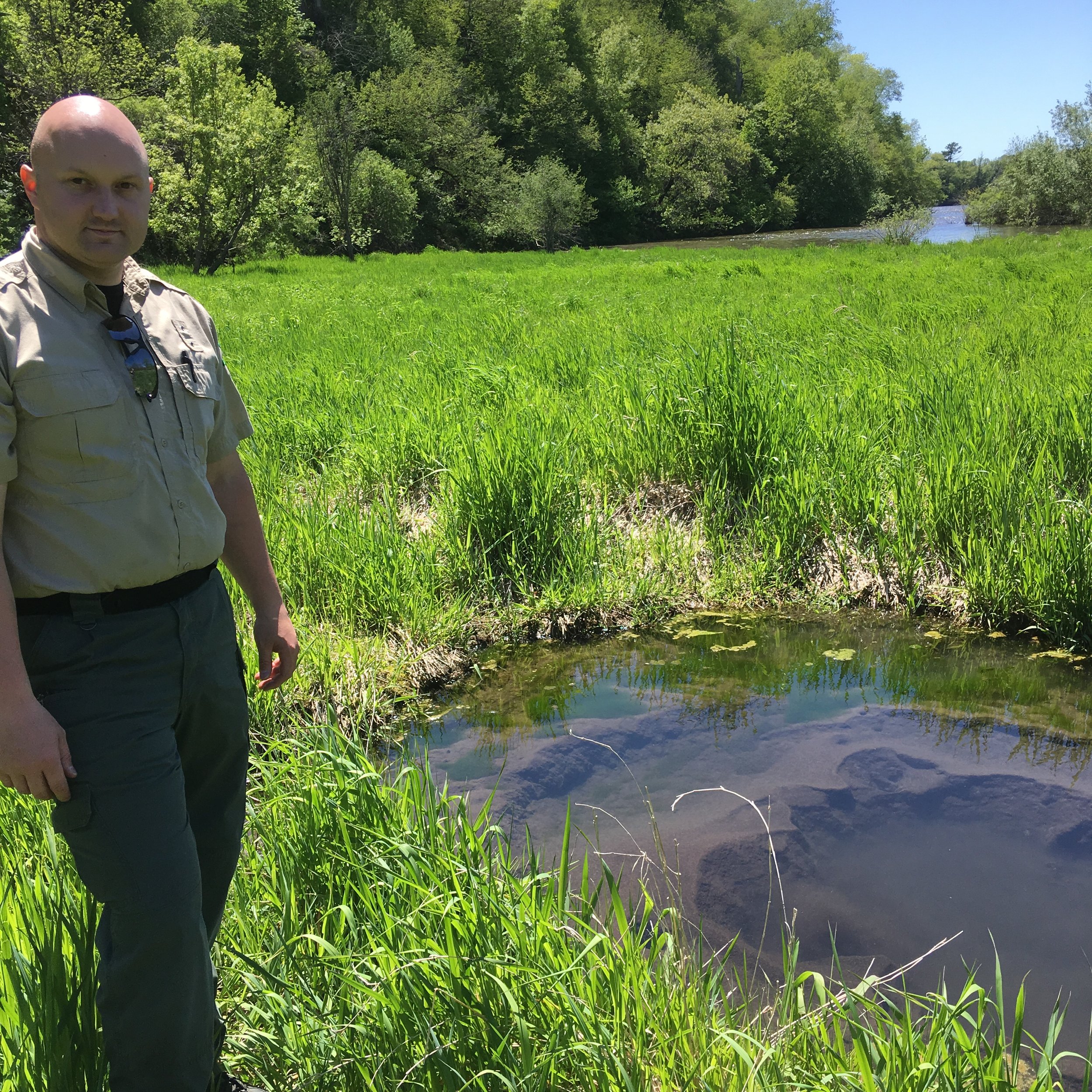Behind the Scenes: Interviewing Folks for The What's Good Project
A big part of The What’s Good Project involves traveling around to different communities and convincing folks - many of whom have never met or heard of me - to tell me stories about inspiring aspects of where they live.
My mother is a journalist. My father is a trial lawyer. I majored in cultural anthropology. I’m also a Southerner. I come by asking strangers personal questions pretty naturally.
Tiptoeing into the Process
My first foray into integrating participant interviews into a painting project was for an 2018 exhibition called Lenses: Seen and Be Seen at Millsaps College in Jackson, Mississippi. I asked nine folks to tell me how they see themselves in the world and how they think others see them in the world, playing with the idea that truth and perception are squishy and variable depending on our conditioning and experiences. I painted theses two versions on either side of seven-foot wooden panels mounted on casters. (See below.)
Aaron is always the guinea pig. (l) Lenses 1: Be Seen (r) Lenses 2: Seen. Acrylic on wood, 80" x 36", 2017.
How I Meet Folks for WGP.
Mostly I know a person who knows a person. Sometimes I wander in places. Every now and then I cold-call or email.
Knowing a person who knows a person works best, for obvious reasons.



First WGP interview was Rathbun Lake, Iowa. Photo to sketch to final painting.
How I Prep for Interviews:
Honestly, I don’t.
Prior to me visiting, I don’t research the folks or the town all that much. Enough to not sound like a total idiot, but not enough to direct the conversation to a particular topic or influence their storytelling.
I’ve learned that outsider research and insider truths sometimes overlap, but most times really don’t. Stats give a partial glimpse, but we can only really ever know a place by spending our lifetimes there, and even then, I’m not convinced that’s enough time. Letting folks share what they want to share gives me more insight into community perceptions than deep diving online does. I deep dive after I speak with folks.
I used to have a script. Now I don’t. I typically ask folks to tell me a little about themselves and we go from there. I think (hope) I’m a better listener than I was a couple of years ago. Always a work in progress.
Pine Lake State Park ranger Andy Place took me on a 2-hour hike through the park during our interview.
What Most Folks Share with Me:
Stories about regular ol’ people who give a damn and decided to take action.
Sometime quiet action, like greeting perfect strangers at the train station.
Sometimes massive action, like moving back to a struggling hometown to work as a county administrator or as economic director.
Pretty much, the WGP is really The What’s-Been-a-Struggle-That-Folks-Are-Addressing-in Meaningful-and-Courageous-Ways-Project.
Mrs. Velma Wilson, whom I interviewed in Marks, Mississippi, in 2019.
What I Share with Y’all:
Folks are awesome to trust somebody they just met.
That’s a display of human optimism and generosity of spirit right there.
At the beginning of our time together, I make clear that I keep private whatever they want me to keep private, which is sometimes obvious and understood, and sometimes not.
Before things go live, I send them snippets and drafts and images to make sure things feel okay.
And many of the stories and details shared stay with me and come out indirectly in color or pattern.
The Titles Though.
I try my hardest to ensure that titles are direct quotes from the storytellers themselves. And I use as much of the transcript as I can so I don’t simplify or gloss over language or details.
I learned this from Mary Swander and Matt Foss and Deni Chamberlain through their theatre collaboration Vang: a Drama about Recent Immigrant Farmers. The performance centers the experiences of immigrant farmers in Iowa, using their language and showing their portraits. Mary interviewed several families, Matt wrote a script using their words, and Deni took their photographs, which are projected on the walls behind the actors during the performance.
A suspicious and unwilling participant from Whiterock Conservancy.




